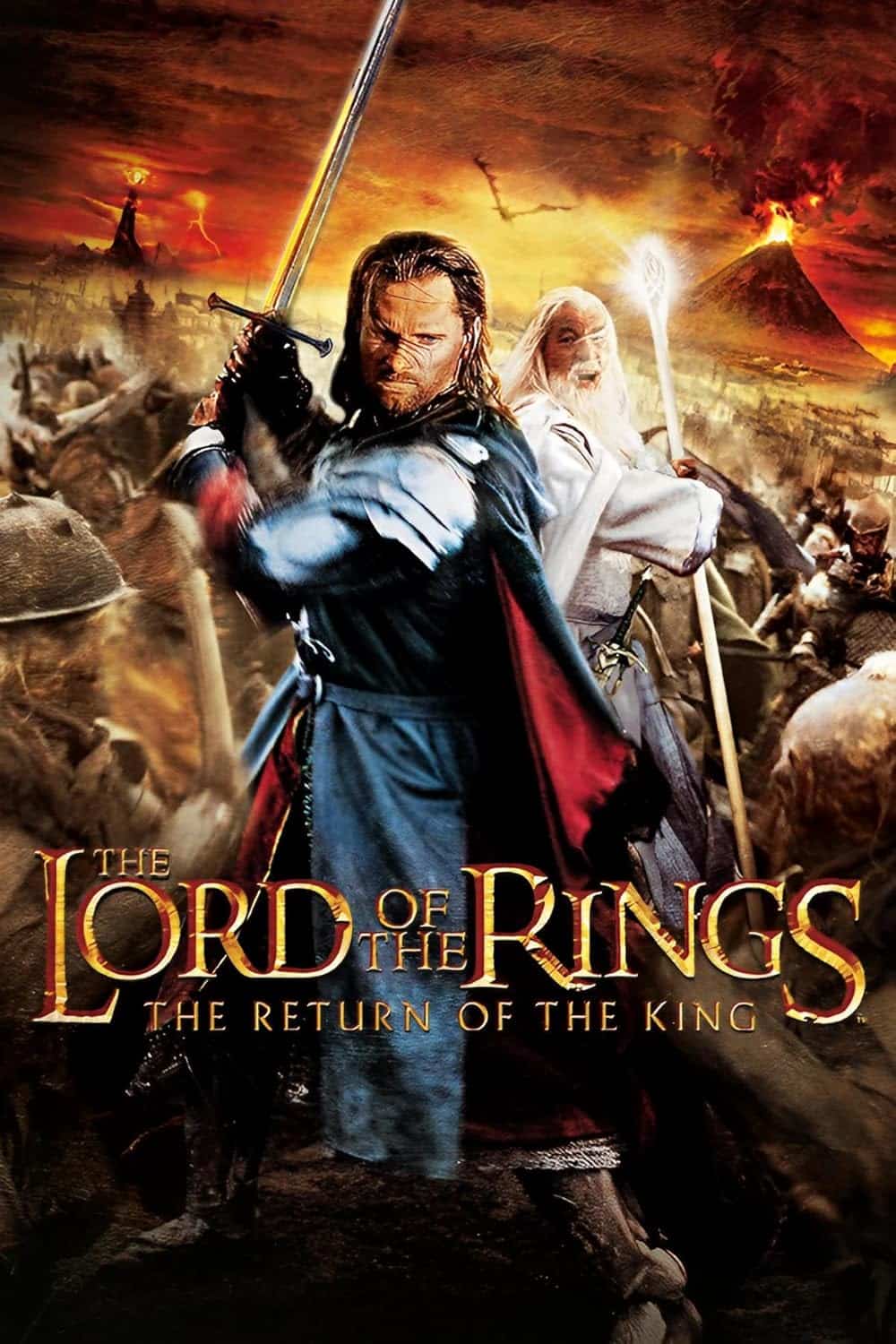


The Lord of the Rings: The Return of the King achieved unprecedented cinematic triumph when it premiered on December 17, 2003, delivering a conclusion that satisfied both devoted Tolkien fans and mainstream audiences worldwide. This 3-hour and 21-minute adventure/fantasy/drama epic holds an exceptional 9.0/10 IMDb rating from over 2 million votes, representing the culmination of one of cinema's most ambitious projects.
Peter Jackson's masterful direction brought J.R.R. Tolkien's Middle-earth saga to its emotionally resonant conclusion, earning a record-tying 11 Academy Awards from 11 nominations—a clean sweep unprecedented in Oscar history. Lord of the Rings Return of the King streaming provides access to the film that proved fantasy epics could achieve both critical acclaim and massive commercial success.
Lord of the Rings Return of the King cast delivers career-defining performances that elevated the entire trilogy to legendary status. Elijah Wood's Frodo Baggins completes his transformative journey from innocent hobbit to burden-bearer, with the Ring's corrupting influence taking devastating psychological toll. Sean Astin's Samwise Gamgee emerges as the trilogy's true hero, providing unwavering loyalty and emotional anchoring throughout the 201-minute theatrical runtime.
Viggo Mortensen's Aragorn finally claims his destiny as King of Gondor, transforming from reluctant ranger to inspiring leader across the film's epic battles. Ian McKellen's Gandalf the White orchestrates Middle-earth's defense with wisdom and power, while Orlando Bloom's Legolas and John Rhys-Davies' Gimli provide both combat prowess and unexpected friendship that enriches the narrative.
The actors in Lord of the Rings Return of the King portraying evil forces deliver equally compelling performances. Andy Serkis' Gollum reaches tragic heights as the creature's split personality warfare culminates in devastating betrayal. The motion-capture performance revolutionized digital acting, creating a fully realized character that transcends technical achievement.
Miranda Otto's Éowyn provides the trilogy's most triumphant moment, defeating the Witch-king of Angmar with the declaration "I am no man!" Her character arc from suppressed warrior to battlefield hero resonates throughout the substantial runtime. Bernard Hill's Théoden completes his redemption, leading Rohan's cavalry in cinema's most spectacular charge sequence.
Lord of the Rings Return of the King movie represents the pinnacle of Peter Jackson's ambitious adaptation project. The director's commitment to practical effects combined with groundbreaking CGI created Middle-earth's most spectacular battles, from the Pelennor Fields' massive cavalry charge to Minas Tirith's siege by Mordor's armies.
Jackson's decision to film all three movies simultaneously allowed unprecedented narrative cohesion across the trilogy. The Return of the King benefits from this approach, with character arcs and thematic threads established in earlier films reaching satisfying conclusions throughout the 201-minute theatrical cut.
The film's technical achievements within the adventure/fantasy/drama category set new standards for epic filmmaking. Andrew Lesnie's cinematography captures both intimate character moments and sweeping battlefield vistas with equal mastery. Howard Shore's Oscar-winning score reaches emotional peaks, with Annie Lennox's "Into the West" providing perfect closure to the trilogy's musical journey.
Movie Details:
Lord of the Rings Return of the King Extended Edition adds 62 minutes of footage that enhances character development and narrative depth. The extended 263-minute runtime includes crucial scenes like Saruman's confrontation at Orthanc, providing closure to Christopher Lee's character arc absent from theatrical release.
The extended edition's additional material fleshes out the Houses of Healing sequence, showing Aragorn's healing abilities that confirm his royal lineage. Éowyn and Faramir's developing relationship receives proper development, adding emotional resonance to the film's multiple endings. These additions make the extended version essential viewing for Tolkien enthusiasts.
Extended edition Lord of the Rings Return of the King includes expanded battle footage showcasing Gondor's last stand against overwhelming odds. The Mouth of Sauron sequence, cut from theatrical release, adds psychological warfare to the Black Gate confrontation. These additions provide deeper immersion in Tolkien's world across the substantial runtime.
Lord of the Rings Return of the King Oscars triumph remains unparalleled in Academy Awards history. The film's 11 wins from 11 nominations tied "Ben-Hur" (1959) and "Titanic" (1997) for most Oscars won, but uniquely achieved a perfect sweep without a single loss. The victories included Best Picture, Best Director for Jackson, and technical awards recognizing the production's groundbreaking achievements.
The Academy's recognition validated fantasy cinema's artistic legitimacy, proving that genre films could achieve the highest critical honors. Howard Shore won Best Original Score, while Annie Lennox earned Best Original Song for "Into the West." The visual effects, art direction, costume design, and makeup awards acknowledged the collaborative artistry creating Middle-earth.
The film grossed $1.146 billion worldwide, becoming 2003's highest-grossing movie and the second-highest-grossing film of all time at release. This commercial success combined with critical acclaim demonstrated that audiences would embrace lengthy, complex fantasy narratives when executed with Jackson's vision and commitment.
The Battle of Pelennor Fields represents the trilogy's action centerpiece, showcasing Peter Jackson's mastery of large-scale warfare across the substantial runtime. Théoden's speech before the Rohirrim charge—"Ride now! Ride for ruin and the world's ending!"—leads to cinema's most spectacular cavalry sequence, with 6,000 riders filmed using both practical and digital techniques.
Éowyn's confrontation with the Witch-king provides the battle's emotional peak. Her removal of her helmet, revealing her identity before declaring "I am no man!" and striking the killing blow, creates one of fantasy cinema's most triumphant feminist moments. The sequence validates her character's suppressed warrior spirit throughout the trilogy.
Aragorn's leadership during the Pelennor Fields battle demonstrates his transformation into worthy kingship. The Army of the Dead's intervention, while controversial among Tolkien purists, provides spectacular visual effect and narrative resolution to Aragorn's storyline. The ghostly warriors sweeping through Mordor's forces creates unforgettable imagery across the battle sequence.
The Lord of the Rings the Return of the King dedicates substantial runtime to Frodo and Sam's harrowing journey to Mount Doom. Elijah Wood's performance shows the Ring's complete psychological domination, with Frodo becoming paranoid, physically deteriorated, and ultimately unable to complete his mission at the crucial moment.
Gollum's manipulation drives a wedge between the hobbits, with the creature exploiting Frodo's deteriorating mental state. The sequence where Frodo sends Sam away demonstrates the Ring's success in isolating its bearer from all support—a necessary prelude to its attempted final victory.
Sean Astin's Samwise Gamgee provides the trilogy's emotional core through unwavering loyalty despite rejection. His speech about "good in this world worth fighting for" and his literal carrying of Frodo up Mount Doom's slopes create the saga's most moving moments. Sam emerges as Middle-earth's true hero—not through combat prowess but through pure devotion and moral clarity.
Where to watch Lord of the Rings Return of the King options now include numerous streaming platforms offering both theatrical and extended editions. Premium IPTV services provide superior 4K streaming quality that showcases the film's visual grandeur, from New Zealand's sweeping landscapes to the intricate detail of Minas Tirith's architecture.
The extended edition's 263-minute runtime benefits from uninterrupted streaming that preserves Jackson's narrative flow across multiple story threads. Enhanced viewing options include behind-the-scenes documentaries spanning over 20 hours of supplemental material exploring the trilogy's groundbreaking production.
Premium Streaming Quality:
Lord of the Rings 3 Return of the King explores power's corrupting influence through Frodo's inability to destroy the Ring voluntarily. Despite his heroic journey, the Ring's temptation proves too great at the final moment—only Gollum's intervention (attacking Frodo to reclaim his "precious") completes the quest through accident rather than intent. This moral complexity elevates the narrative beyond simple heroic triumph.
Aragorn's arc provides counterpoint, showing power accepted with humility rather than seized with ambition. His coronation scene, where he declares "you bow to no one" and kneels before the hobbits, demonstrates true leadership recognizing all contributions regardless of status.
The trilogy's emotional foundation rests on friendships forged through shared struggle. Legolas and Gimli's unlikely bond, Merry and Pippin's growth from troublemakers to warriors, and Sam's devotion to Frodo demonstrate how diverse individuals united by common purpose can overcome impossible odds throughout the substantial runtime.
The Lord of the Rings Return of the King movie's multiple endings drew some criticism for length, but each sequence provides essential closure to story threads developed across three films. The Shire's restoration shows that home remains unchanged despite the hobbits' transformation—they can never truly return to innocence after experiencing war's horrors.
Frodo's departure to the Undying Lands with the elves provides bittersweet resolution to his trauma. Unlike his companions, Frodo cannot heal from the Ring's corruption and the Morgul blade's wound—his sacrifice requires leaving Middle-earth entirely. This melancholic ending adds emotional depth beyond typical fantasy triumph.
Sam's return to the Shire and reunion with Rosie provides the saga's emotional anchor. His simple statement "I'm back" completes the hero's journey, with the humble gardener returning home transformed but still fundamentally himself. This ending affirms that extraordinary heroism can emerge from ordinary people, the trilogy's central theme.
Lord of the Rings Return of the King cast and production team revolutionized fantasy filmmaking, proving that literary adaptations could succeed at unprecedented scale. The trilogy's success spawned countless fantasy adaptations attempting to replicate Jackson's achievement, from "The Chronicles of Narnia" to "Game of Thrones."
The film's technical innovations in motion-capture performance, digital effects integration, and massive battle coordination influenced blockbuster filmmaking beyond the fantasy genre. Marvel's interconnected universe and other franchise attempts owe debt to Jackson's demonstration that audiences would commit to lengthy, serialized narratives.
The trilogy's faithfulness to Tolkien's themes while making necessary cinematic adaptations created the template for literary adaptation. Jackson's changes—compressing timelines, simplifying character motivations, emphasizing action—sparked debate but proved commercially and critically successful across the runtime.
Lord of the Rings Return of the King book readers noted significant changes from Tolkien's text, particularly the exclusion of the Scouring of the Shire sequence that closes the novel. Jackson's decision to end with Frodo's departure created more emotionally satisfying cinematic closure, though it sacrificed Tolkien's commentary on war's lasting impact on home.
The film's expansion of Arwen's role, minimal in Tolkien's text, provided romantic subplot that humanized Aragorn while adding female presence to the male-dominated narrative. These adaptations demonstrate how successful literary translation requires understanding source material's spirit rather than literal recreation.
The Lord of the Rings the Return of the King filmed across New Zealand's diverse landscapes, with locations becoming tourist destinations. The production's economic impact on New Zealand tourism continues decades later, with fans visiting Hobbiton, Mount Sunday (Edoras), and other filming locations.
The collaborative relationship between Jackson's vision and New Zealand's film industry created world-class production facilities that continue supporting international filmmaking. The trilogy demonstrated that blockbuster productions could succeed outside traditional Hollywood infrastructure.
The film's groundbreaking combination of practical effects and digital artistry created believable fantasy. Massive software enabled digital crowd replication for battle scenes, while the Weta Workshop's practical creature design and miniature work grounded fantastical elements in tangible reality throughout the 201-minute theatrical runtime.
The Lord of the Rings: The Return of the King transcends its adventure/fantasy/drama category to become essential cinema that rewards multiple viewings across both theatrical and extended editions. The film's examination of heroism, sacrifice, and friendship remains powerfully relevant while showcasing filmmaking excellence that established new standards for epic storytelling.
Whether experiencing this masterpiece's 201-minute theatrical cut or the 263-minute extended edition, Lord of the Rings Return of the King streaming through premium IPTV services ensures optimal viewing quality that honors Jackson's artistic vision and the extraordinary collaborative effort bringing Tolkien's Middle-earth to life.
Lord of the Rings Return of the King stands as proof that fantasy cinema can achieve both popular success and artistic legitimacy, creating lasting cultural impact through visionary direction, committed performances, and technical innovation. This concluding chapter of cinema's greatest trilogy continues inspiring filmmakers while providing audiences with an emotionally resonant epic that validates fantasy storytelling's power to examine fundamental human experiences.
(for customer service and support)
(for new customers)